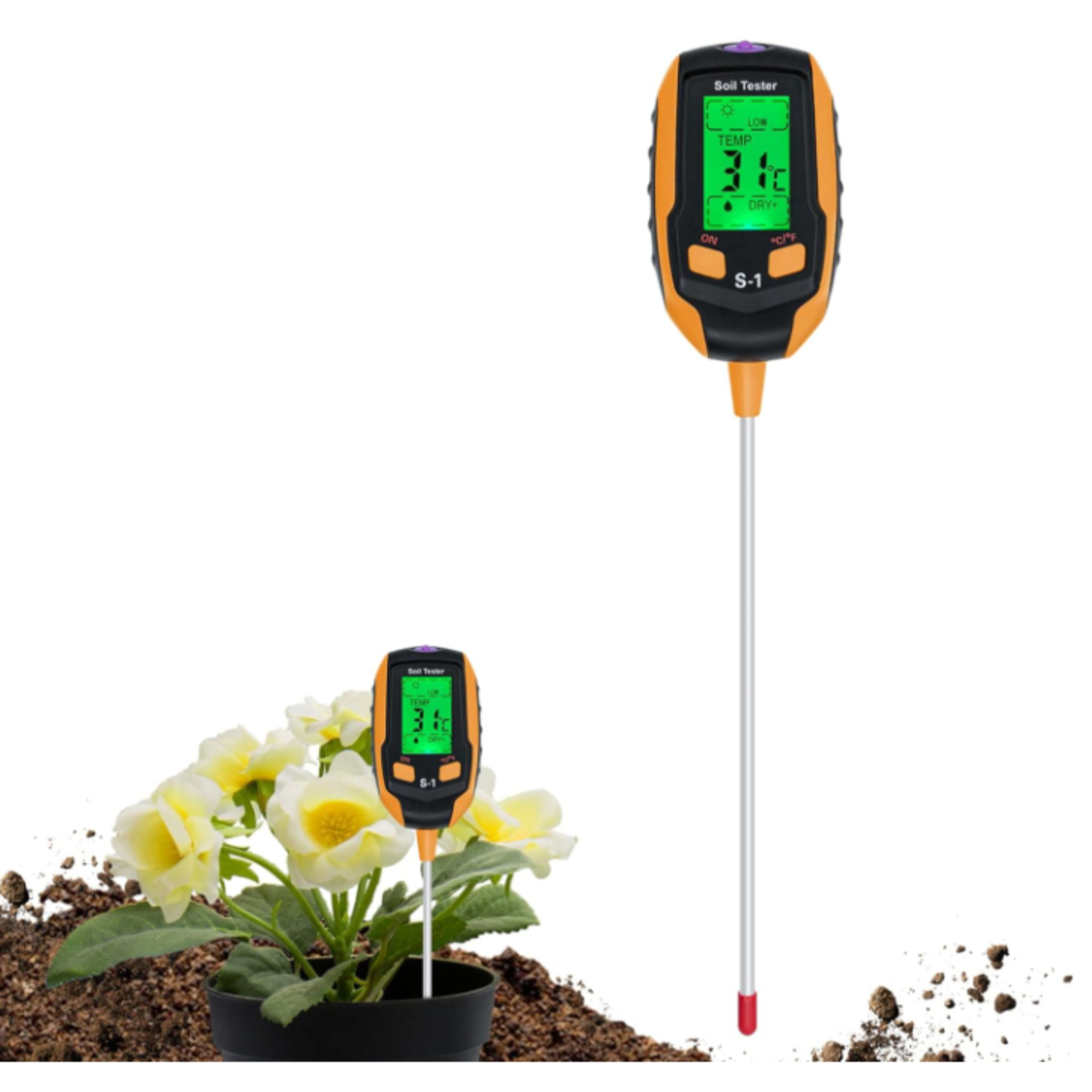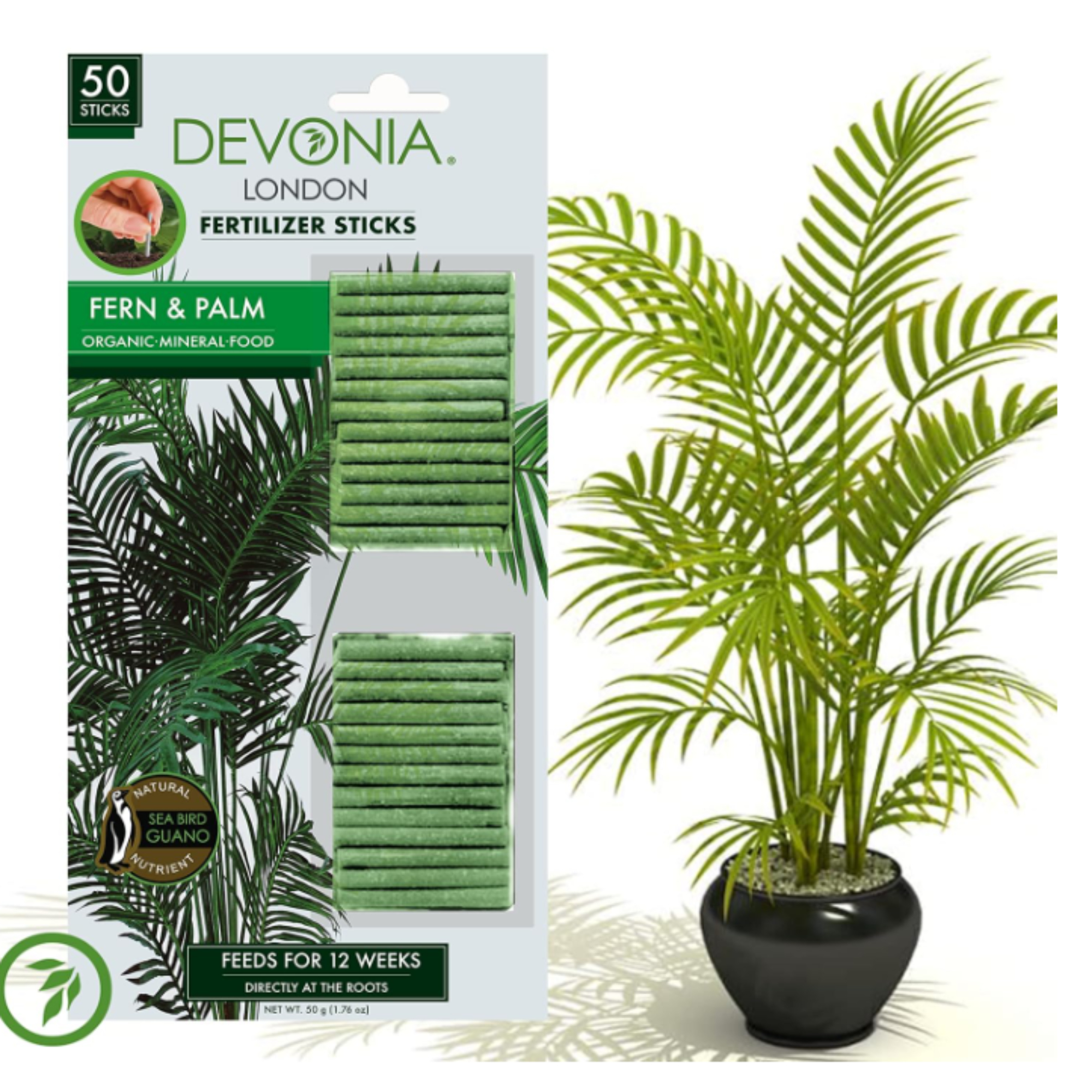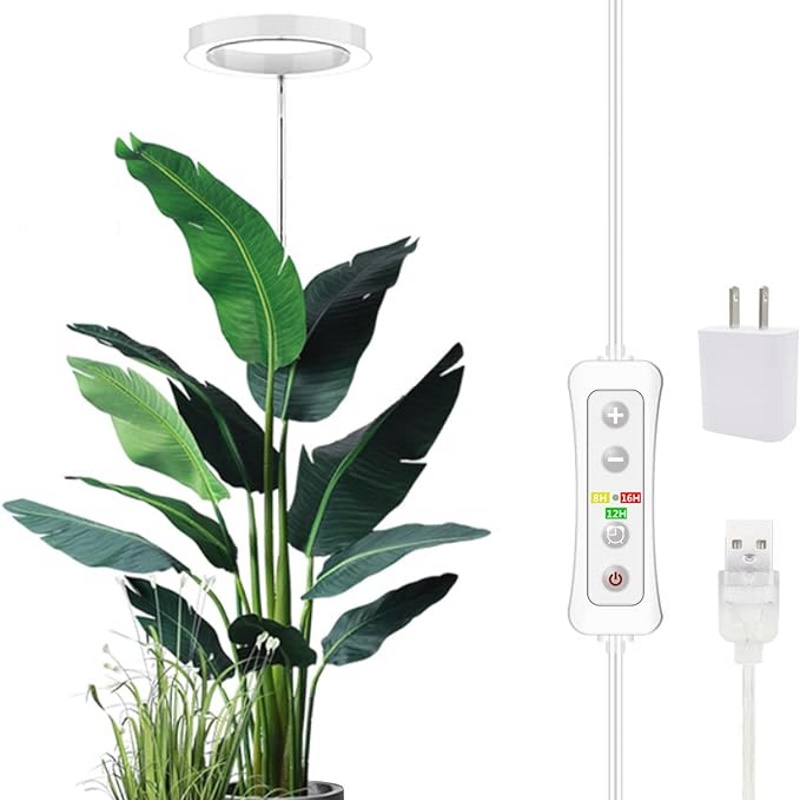Why is my sago palm turning yellow – 4 common issues and solutions for houseplant success
Sago palm houseplants can fall victim to yellowing leaves for several reasons, but there are ways to prevent this


Q: My indoor potted sago palm houseplants appear to be facing trouble. Their long feather-like leaves which are normally a deep shiny green are becoming yellow. What might have caused this to happen, and is it too late to fix the problem?
A: There are a number of reasons why this might be happening to your sago palm, but fear not! Sago plants are some of the best indoor plants, and with early identification, a yellowing plant can be saved. Here, I share common causes and advice to resolve your plant problems.
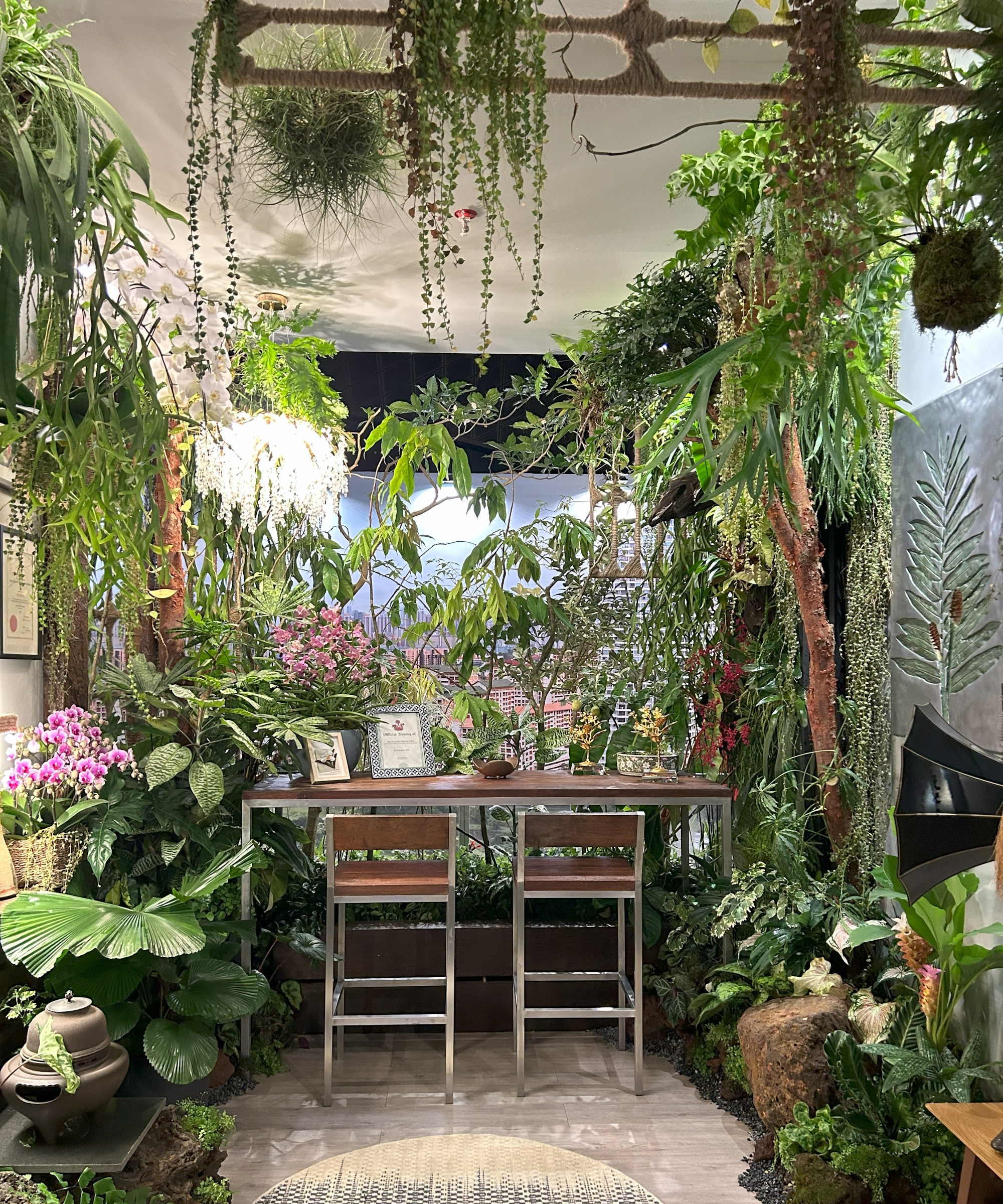
4 causes for sago palms turning yellow
The following, or a combination of the following, could all be reasons contributing to the leaves on your tropical indoor plants turning yellow, according to Alexandra Moreno, landscape designer and tropical plant expert at Atlanta Palms.
1. Overwatering or underwatering
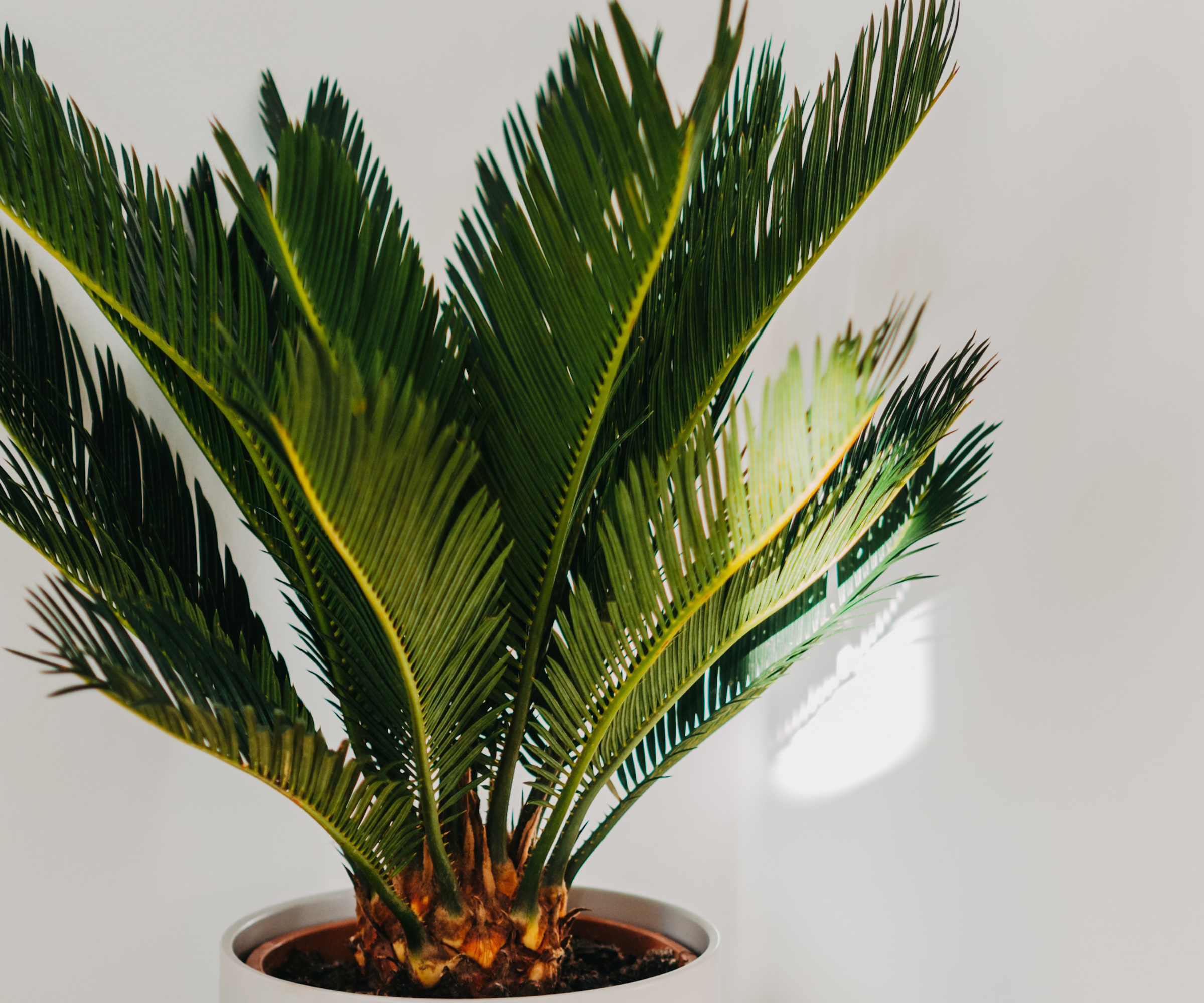
'Sago palms are highly sensitive to excess water,' says Alexandra Moreno. 'If the roots are left sitting in water, they will quickly develop root rot, which then causes the leaves of the plant to turn yellow.'
If the soil feels dry to the touch, give your potted sago palm a light water. Although the plant is naturally drought tolerant, it still requires moderate moisture to say happy and healthy.
'To ensure proper hydration, I recommend using a moisture meter to ensure you are giving your sago palm water only when necessary,' says Moreno. 'Water it slowly to allow the soil to absorb the water fully, too.'
The morning can often be good as a time to water plants, but be sure to water only what it necessary. Overwatering is a common indoor plant mistake to avoid.
Design expertise in your inbox – from inspiring decorating ideas and beautiful celebrity homes to practical gardening advice and shopping round-ups.

Alexandra works for Atlanta Palms as a landscape designer and tropical plant and palm expert. She has been designing gardens and providing plant design consulting for over a decade, and prides herself in her extensive knowledge of tropical plants. She works from her home in tropical Colombia, where she gathers daily inspiration for her designs and articles.
2. Nutrient deficiency
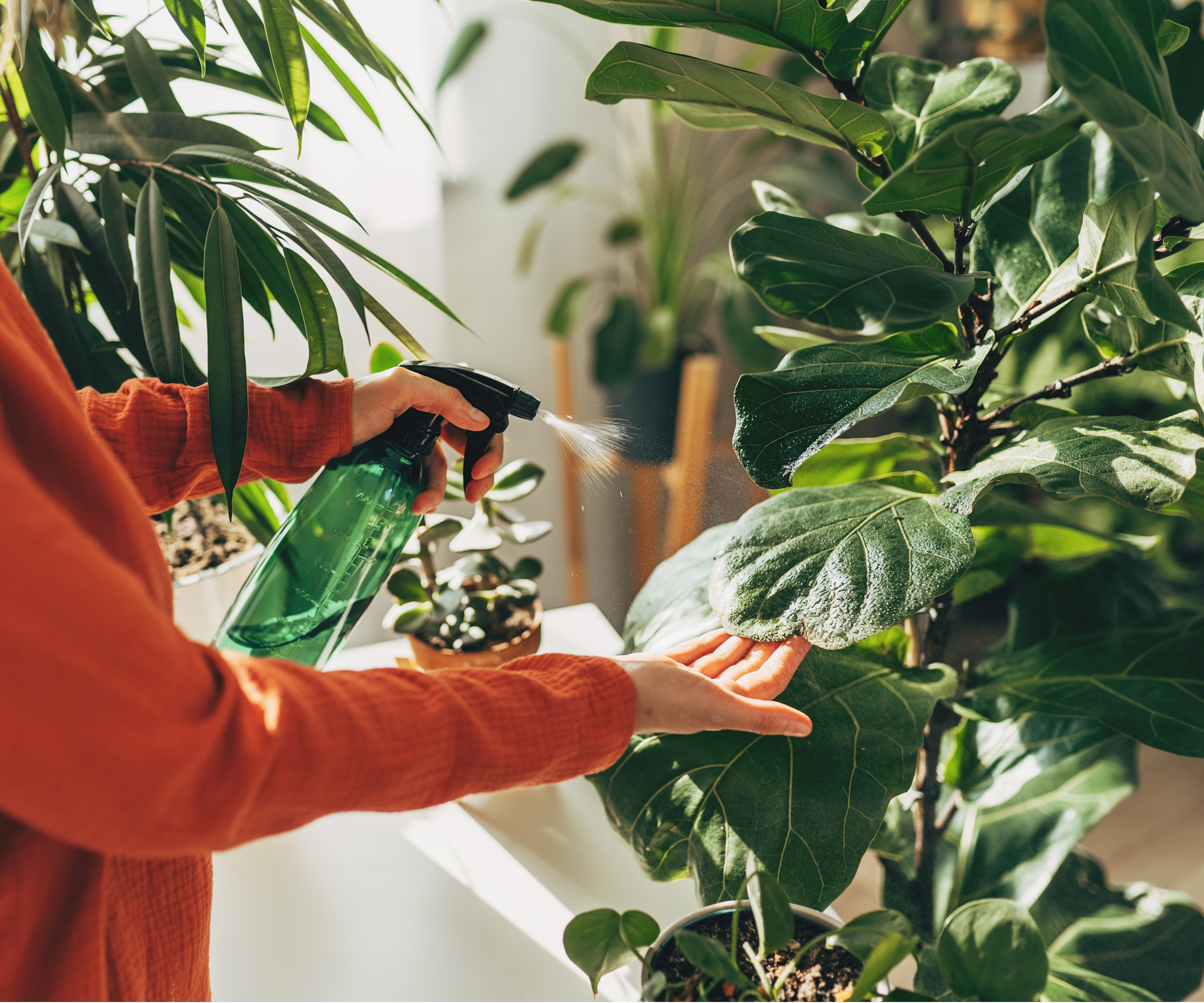
Plants obtain many vital nutrients through the soil you place them in, so if your soil isn't of quality your plants will be suffering.
'A lack of essential nutrients or using the wrong fertilizer can lead to yellow leaves,' says Moreno. 'On the other hand, over-fertilizing can cause leaf burn, also resulting in yellowing.'
Sago palms specifically flourish under the right levels of magnesium and nitrogen, as well as potassium and manganese. Adding a slow-release fertilizer into your sago palm's pot containing these nutrients, such as the fern and palm fertilizer sticks from Amazon, should keep your plant in top form going forward.
Alternatively, you could always learn how to make plant fertilizer for yourself.
3. Too much sun
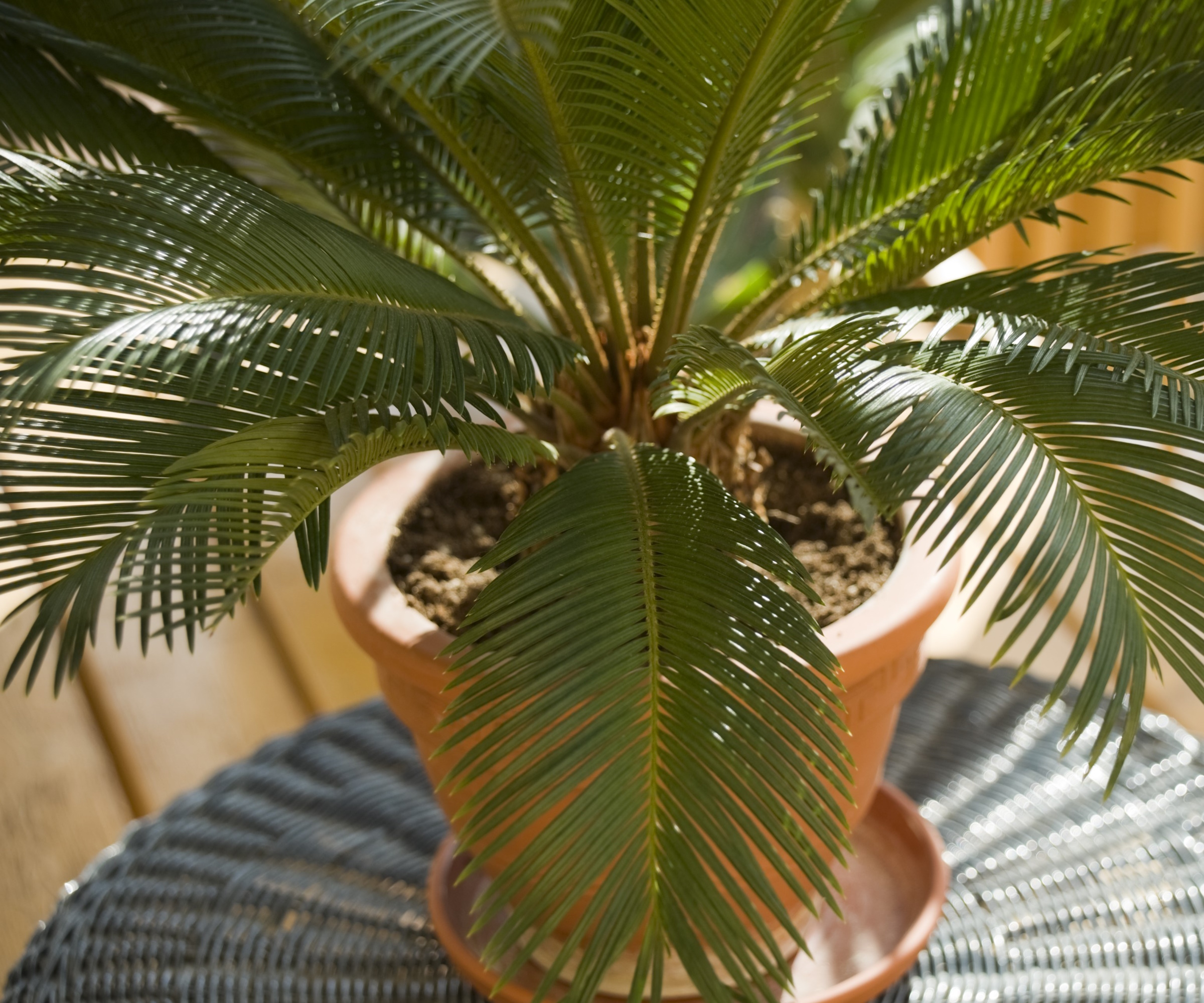
We all know that plants need sunlight to grow in top form, but having too much of a good thing can leave your sago palm's leaves in a sorry state. While this will depend on where you live, your US hardiness zone, and the aspect of your home, keeping an eye on sunlight is important.
'Sago palms thrive in bright indirect light,' says Moreno. 'Being exposed to too much direct sunlight can scorch the leaves, causing them to turn yellow.'
Placing sago palms near a porch with an awning is an ideal place for an outdoor plant, but when considering the needs of an indoor sago palm, it's mainly important to make sure it isn't sitting next to glass that is subjected to the full exposure of the sun all day. This can cause the glass to magnify the sun's heat and damage the leaves.
If your sago palm plant ends up struggling with too much or too little light, why not consider using a grow light? It will grant you better control over the amount of light your plant is receiving, ridding you of worries such as scorches.
4. Temperature stress
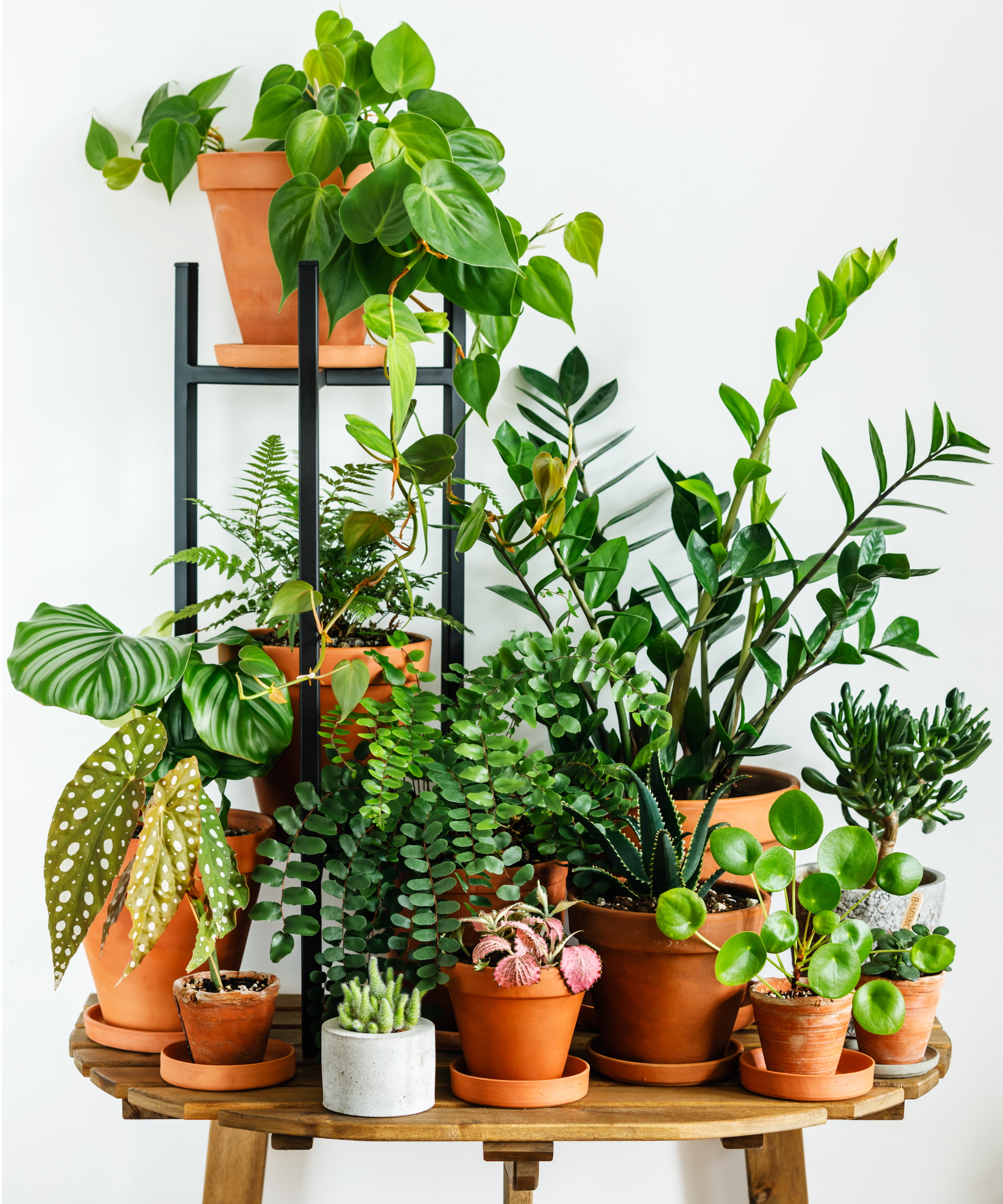
Sago palms thrive in a warmer climate, so if the weather in your area is prone to fluctuating or on the colder side, your palm is likely to feel it.
If you're thinking of doing more indoor gardening in the future and plan to invest in a grow light for your indoor sago palm, we recommend taking time to read up on the particular specifications of each light before purchase. Certain lights will also emit heat, helping to regulate the temperature of your houseplant, whereas others won't include this feature.
Moreno concludes, 'Remember, with the sago palm less is more. Overwatering, excessive sunlight, and over-fertilizing are common causes of yellowing leaves. By following these simple guidelines, you can ensure that your sago palm stays green and healthy year-round.'
Why not try your hand at growing some more indoor plants? There are so many tropical and unusual plants to try and grow at home that are sure to elevate your indoor jungle. Learning to cultivate an indoor growing system will have you producing your own mini green escape in no time.

Ciéra is a writer and regional laureate with particular passions for art, design, philosophy and poetry. As well as contributing to Homes & Gardens, she's an Editorial Assistant for Design Anthology UK and a contributing writer for magazines including Livingetc, Apartment Therapy, House Beautiful and Ideal Home. Previous commendations of hers include being Highly Commended by The Royal Society of Literature and receiving a prestigious MA Magazine Journalism scholarship to City, University of London.
